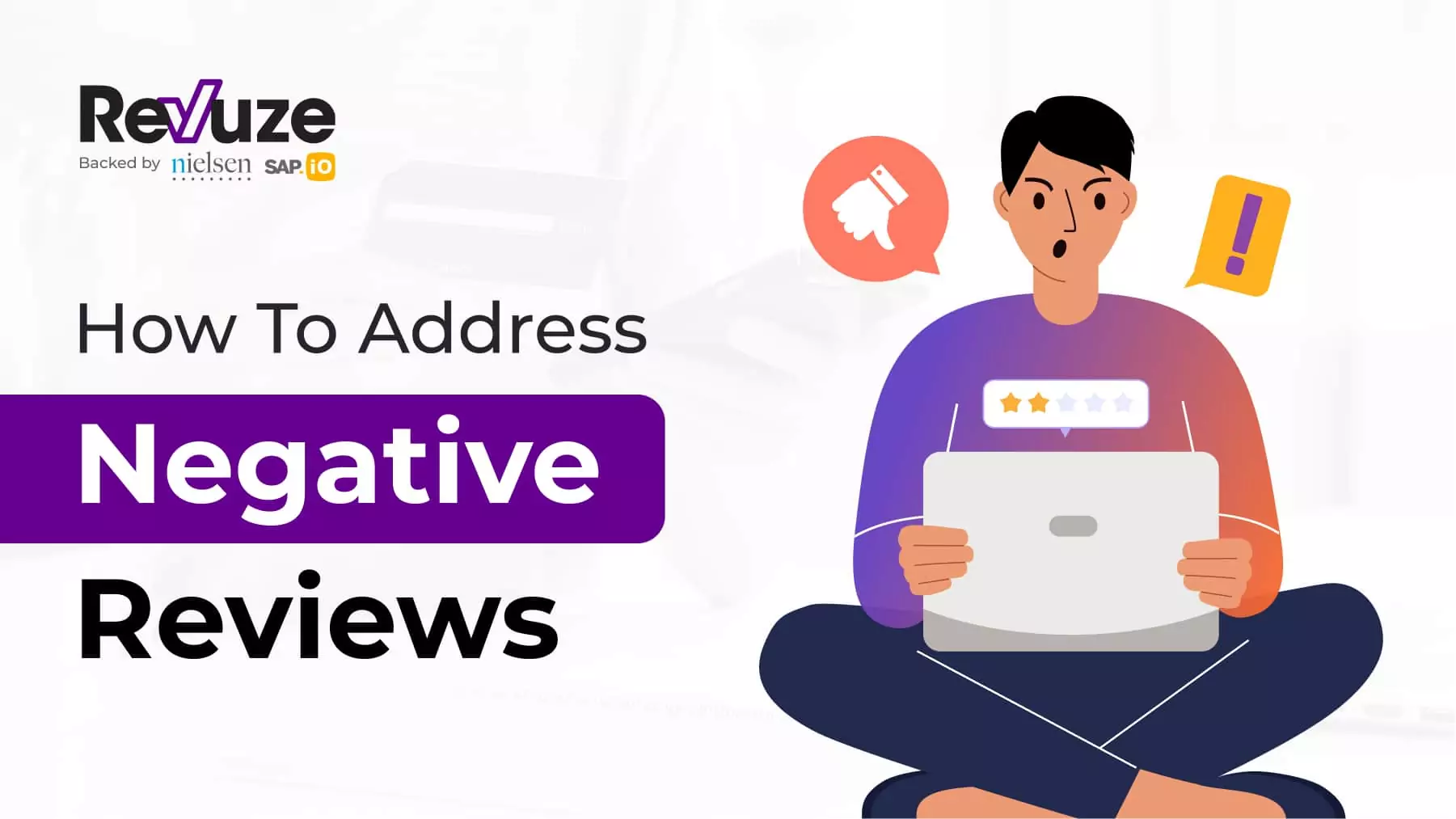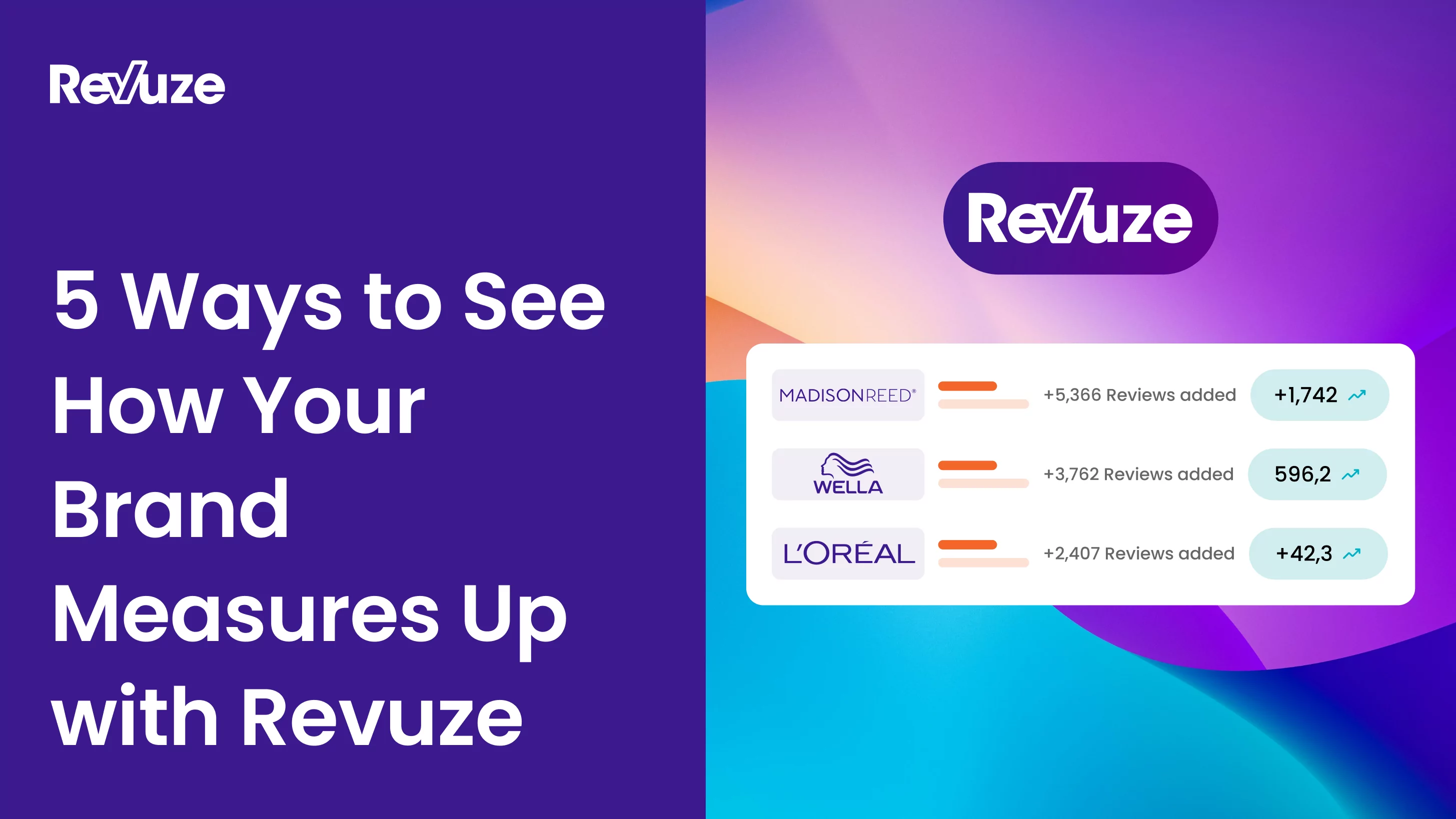
The marketing landscape has undergone tremendous changes, as now customers have several ways to express their feelings and pain points whenever they have a negative experience with a product or service. Online reviews are one of the most common ways for consumers to express their disappointment, and therefore it’s no surprise if you notice you’re getting negative reviews on your product.
Reviews typically come in the form of unstructured data and businesses need real-time sentiment analysis of these reviews to categorize them into positive, negative, and neutral to properly analyze them.
While businesses obviously strive to get positive reviews, there are good chances that customers may review a product negatively. Negative reviews can hurt or damage the reputation of a brand, but that does not mean that they will outrightly lead to the failure of the business!
Negative reviews, when handled properly, can be a useful insight for a business to improve its products or customer service and reposition itself in the global market. Negative reviews should kick-start businesses into improving their customer experience. They should serve as the indicator of understanding what the competition is doing better. Since customers can give a business negative reviews, it becomes imperative that you must know how to respond to negative reviews as well as how to also discover fake reviews to mitigate any damaging consequences on your organization.
According to a survey of U.S. online customers, 92% of respondents said that negative reviews made them less likely to purchase products from a local business. Here are some examples of how to respond to negative reviews:
Real-time response
Customers want to be heard, and they want it to be done in real-time. Negative reviews will generally put you off, but that is not the way to go about it. Where you may need to cool off, time may be a very important factor in retaining or losing your customer.
Since the review is negative, you must be clear-headed in responding. Fortunately, you have the opportunity of accessing your customers’ data, so you can tailor your response accordingly. A template for responding can be:
Dear John, Mary, or Paul, we appreciate the time you took to share your experience with our product. We are sorry to hear that you had a poor experience, and we promise to do better in the future.
Please reach out to [CONTACT INFORMATION] if you would like to elaborate on your experience or share any suggestions on how we can do better. This will be a great opportunity to address your poor experience and make up for it!
While the above template may not be helpful every time, it will assuage the feelings of your customer that has had a bad experience with your product, however, it must be done in real-time to be effective. As a starting point, it can be very handy.
The voice of the customer (VoC)
Customers like to receive personalized messages; they want you to hear their pain points and want them to be addressed promptly. The generic, “Dear customer,” will not cut it. Address your customer by name.
That shows that you know your customers and care for each of them individually. VoC (Voice of the customer) includes their opinions, comments, expectations, sentiments, and reviews of your product or service.
It’s not enough to just listen to the voice of the customer, you must also know your customer. For instance, one customer may say, “I don’t like this product,” while another says, “I’m disgusted with this product,” these are negative reviews, but do you really understand the exact pain point each of the customers is experiencing with the reviews?
You have to get to them individually to understand their different pain points. An attempt to treat all your customers as one may backfire; you must personalize the messages you send across to your customers.
By listening to the voice of your customers, you are enabled to improve your products and your customer service. VoC is an opportunity to turn negative reviews into positive reviews, an effective way to retain customers, have them recommend your product through word of mouth, avoid churning, and ultimately build brand loyalty.
Applying a smart VoC solution means taking real-time action and responding to negative reviews.
Show appreciation and remorse
It may sound strange to thank somebody that has given your product a negative review, but this can be the magic wand. While you may find it difficult to say thank you, your customer will not expect such a polite gesture from you.
You should not only stop at appreciation, but you need to properly apologize to the customer. Customers want to know that you care for them and feel more comfortable with you when they realize that you are human enough to own up to your mistakes.
The problem they encountered may not necessarily be your fault, but that is not what you go about arguing or making excuses for. When you apologize, rather than being weak, you are actually putting yourself in a position of strength and establishing a strong bond with your customer.
Try to keep whatever you say short and simple.
You can use the following templates:
“It’s unfortunate that our product didn’t meet your expectations. Please accept our sincere apologies.”
“We are so sorry for the poor experience you had with our product or service.”
“We pride ourselves on our excellence, unfortunately, we’ve erred this time around and sincerely apologize for your poor experience with our product.”
Take the conversation to a private place
The Internet has made it possible for everybody to access information online, and that obviously includes negative product reviews. Your best option is to take the problem to a private place such as email or phone. This allows you to treat the issue directly with the particular customer without others contributing. You can enhance this by providing direct contact information for customers in your review response.
This is a template you can use:
“We appreciate your feedback about our services and would like to promptly resolve the issues you have raised. Kindly reach us as soon as it’s convenient for you at [Email Address] or call our team at [Phone Number].
Responding to Google reviews
Customers’ reviews on Google usually appear in two places: Google Search and Google Maps.
Before you can respond to Google reviews, you need to be logged in to your Google My Business (GMB) account. Click on the Reviews tab from your GMB account.

To come up with a response for any review, you click on the “Reply” button below it. The current Google review policy allows you to edit your response when you have made a typographical error or given any inaccurate information, however, you must endeavor to minimize such mistakes.

Google gives notifications to customers via email whenever you respond to their online reviews. While Google publishes your response immediately, the customer will be notified after five minutes; the difference in the time of publication and notification enables you to edit your response if that is necessary.
You will be notified of new reviews through your GMB notifications if you don’t operate in more than 100 locations.
Conclusion
Negative reviews may hurt your feelings, but if they are not fake reviews, they give you the opportunity to understand your customers’ pain points and ultimately reposition your business in the global market; knowing how to handle and address negative reviews is a big plus to any brand.
 All
Articles
All
Articles Email
Analytics
Email
Analytics








 Agencies
Insights
Agencies
Insights